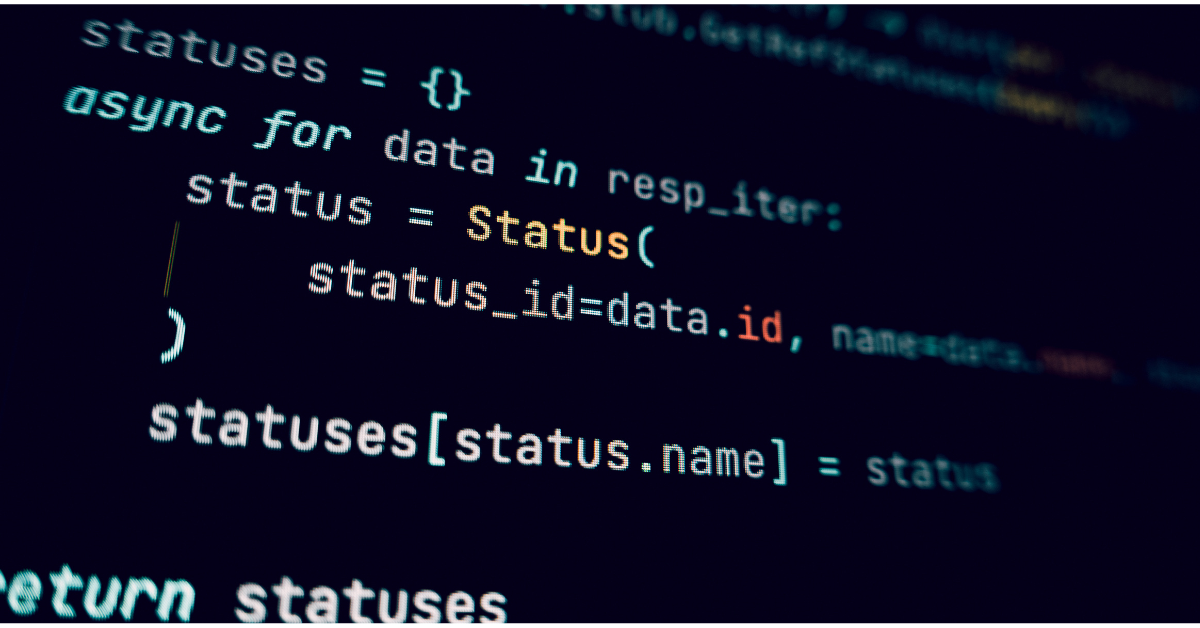What Mid-Market eCommerce Brands in 2025 Must Do to Stay Competitive
In 2025, the eCommerce landscape is more complex and more competitive than ever. With rapid advancements in technology, rising buyer expectations, and a shift toward personalized, self-service experiences, mid-market brands are being squeezed from both ends. On one side, enterprise giants have the resources to dominate with innovation. On the other hand, nimble startups disrupt with speed and simplicity.
To stay relevant and profitable, mid-market eCommerce brands must be intentional, strategic, and unafraid to evolve. Here’s what they must do to compete and win in 2025.
1. Deliver Personalized Pricing at Scale
Pricing is no longer a one-size-fits-all proposition. Mid-market buyers expect their negotiated rates, discounts, and contract terms to be displayed in real-time when they log into your storefront. If they see generic pricing instead, they bounce.
Speed is critical: if your pricing engine can’t respond in under 30 milliseconds, you’re losing deals.
Many brands are already moving beyond static spreadsheets and integrating dynamic pricing systems that pull directly from ERPs, apply business logic, and deliver accurate pricing instantly. Learn how one distributor did just that and increased order velocity by 18% in this guide to personalized pricing for faster B2B deals.

2. Build a Real-Time Tech Stack
Batch processing is dead. If your systems still rely on nightly syncs and slow middleware, you’re giving competitors a chance to win your buyers with faster, more responsive platforms.
Invest in real-time integrations across ERP, CRM, eCommerce, and pricing engines. Event-driven architectures, API-first tools, and hybrid frontends (such as headless Shopify or WooCommerce) are helping mid-market brands eliminate lag and friction.
The payoff? Faster order processing, smoother buyer journeys, and systems that scale as you grow.
3. Make the Buyer Experience a Competitive Advantage
In 2025, B2B buyers want what B2C buyers expect: intuitive storefronts, fast-loading pages, self-service tools, and seamless transactions. If your portal feels like a clunky afterthought, you’re not just disappointing users, you’re losing revenue.
From quote-to-order functionality to CSV uploads, quick-order grids, and customer-specific dashboards, your digital experience needs to support how modern buyers work.
Working with the right digital agency can make all the difference. Explore the top 10 Shopify agency experts of 2025 to find a partner who can turn your buyer portal into a competitive edge.
4. Accelerate Product Development
Speed to market is no longer optional. The brands that win are those that can identify customer needs, build solutions, and launch faster than their competitors.
But here’s the catch: speed without structure is chaos. That’s why mid-market brands are leaning into AI-powered research, agile methodologies, and product development strategies that prioritize rapid iteration and user feedback.
Only 26% of organizations that set product development goals track performance metrics, a gap that needs closing. For a full breakdown, read how to streamline your product development process in 2025.
5. Treat Operations as a Growth Lever
It’s tempting to think marketing and sales drive growth. But in mid-market eCommerce, operations can be just as influential. From automated reordering to predictive inventory and integrated fulfillment, the back end must support the speed and complexity of modern B2B selling.
Brands that win in 2025 will treat operational excellence as a strategic differentiator, investing in process optimization, tech integrations, and data visibility that gives them control and scalability.
6. Don’t Just Go Digital. Go Human
Digital transformation doesn’t mean removing people from the process—quite the opposite. The most successful mid-market brands use technology to enhance relationships, not replace them.
That means:
- Empowering sales teams with real-time data and self-service tools
- Creating customer portals that enable both speed and personalization
- Using guided selling workflows to support complex, consultative purchases
Your eCommerce experience shouldn’t feel transactional. It should feel like an extension of your sales team and a reflection of your brand’s values.
Conclusion: Compete Smarter, Not Just Harder
Mid-market eCommerce brands are no longer flying under the radar. You’re playing in a crowded field, and buyers are more discerning than ever.
To compete in 2025, you need more than just a decent website or solid catalog. You need a fast, scalable, personalized, and human-centered buying experience powered by systems that keep up and partners that push you forward. Codup helps mid-market B2B brands build those systems and stay ahead of the competition.
Contributors
-

Calister Maloney
writer
Content Lead


